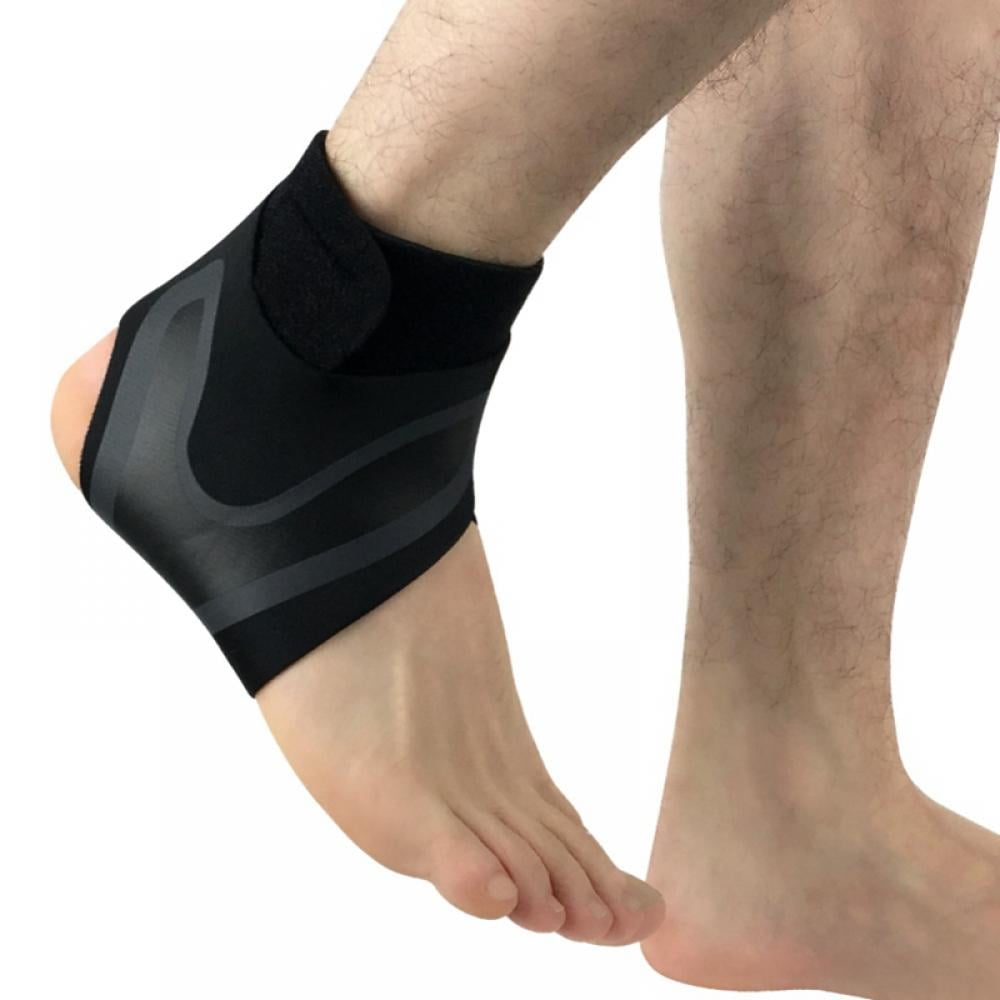
- #LEG COMPRESSION MACHINE FOR SWELLING MANUAL#
- #LEG COMPRESSION MACHINE FOR SWELLING CODE#
- #LEG COMPRESSION MACHINE FOR SWELLING TRIAL#
(TN 81)ġ2/2001 - Clarified policy by dividing it into 2 separate parts based on indications and establishes different coverage criteria for the 2 different indications. (TN 77)ġ0/1995 - Changed effective date for TN 77 from NA to.
#LEG COMPRESSION MACHINE FOR SWELLING MANUAL#
(TN 9)Ġ6/1995 - Clarified that nonsegmented and segmented pump without manual control of pressure in each chamber is considered the least costly alternative that meets the clinical needs of the individual for this type of DME, unless there is documentation that warrants payment of the more costly manual control pump. Segmental lymphedema pumps, previously noncovered, are now covered as DME if necessary criteria are met.
#LEG COMPRESSION MACHINE FOR SWELLING CODE#
The only time that a segmented, calibrated gradient pneumatic compression device (HCPCs code E0652) would be covered is when the individual has unique characteristics that prevent them from receiving satisfactory pneumatic compression treatment using a nonsegmented device in conjunction with a segmented appliance or a segmented compression device without manual control of pressure in each chamber.Ġ9/1986 - Added section to place lymphedema pumps and accompanying information together. The clinical response includes the change in pre-treatment measurements, ability to tolerate the treatment session and parameters, and ability of the patient (or caregiver) to apply the device for continued use in the home. The clinical response to an initial treatment with the device.The reason the device is required, including the treatments which have been tried and failed and.


The determination by the physician of the medical necessity of a pneumatic compression device must include:

Pneumatic compression devices are covered only when prescribed by a physician and when they are used with appropriate physician oversight, i.e., physician evaluation of the patient's condition to determine medical necessity of the device, assuring suitable instruction in the operation of the machine, a treatment plan defining the pressure to be used and the frequency and duration of use, and ongoing monitoring of use and response to treatment.
#LEG COMPRESSION MACHINE FOR SWELLING TRIAL#
The trial of conservative therapy must include a compression bandage system or compression garment, appropriate dressings for the wound, exercise, and elevation of the limb. Pneumatic compression devices are covered in the home setting for the treatment of CVI of the lower extremities only if the patient has one or more venous stasis ulcer(s) which have failed to heal after a 6 month trial of conservative therapy directed by the treating physician. Signs of CVI include hyperpigmentation, stasis dermatitis, chronic edema, and venous ulcers. The garment may be prefabricated or custom-fabricated but must provide adequate graduated compression.Ĭhronic Venous Insufficiency With Venous Stasis UlcersĬhronic venous insufficiency (CVI) of the lower extremities is a condition caused by abnormalities of the venous wall and valves, leading to obstruction or reflux of blood flow in the veins. The trial of conservative therapy must include use of an appropriate compression bandage system or compression garment, exercise, and elevation of the limb. Pneumatic compression devices are covered in the home setting for the treatment of lymphedema if the patient has undergone a four-week trial of conservative therapy and the treating physician determines that there has been no significant improvement or if significant symptoms remain after the trial. Secondary lymphedema, which is much more common, results from the destruction of or damage to formerly functioning lymphatic channels, such as surgical removal of lymph nodes or post radiation fibrosis, among other causes.

Primary lymphedema is a relatively uncommon, chronic condition which may be due to such causes as Milroy's Disease or congenital anomalies. Lymphedema is divided into two broad classes according to etiology. The accumulation of lymph fluid results from impairment to the normal clearing function of the lymphatic system and/or from an excessive production of lymph. Lymphedema is the swelling of subcutaneous tissues due to the accumulation of excessive lymph fluid. Pneumatic devices are covered for the treatment of lymphedema or for the treatment of chronic venous insufficiency with venous stasis ulcers.


 0 kommentar(er)
0 kommentar(er)
